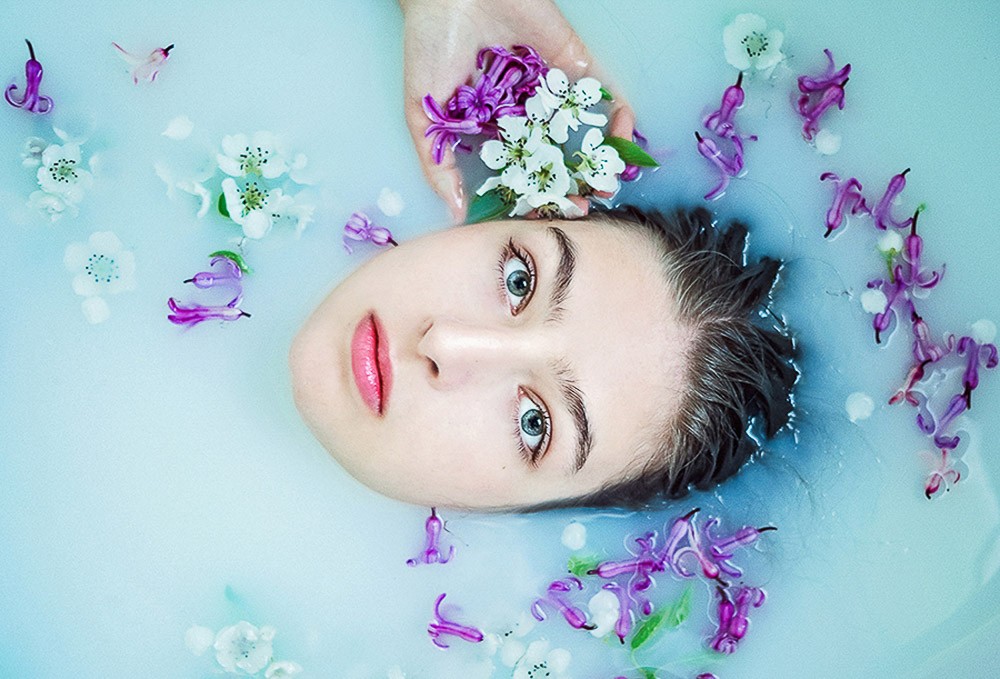How to Become a Professional Photographer Series Part 2
Understanding Camera Settings and Basic Photography Rules
Photography is a powerful medium for capturing the world around us, freezing moments in time, and expressing our creativity. However, to truly excel in photography, it's essential to understand and master the fundamental camera settings and techniques. In this article, we'll delve into the core aspects that will help you elevate your photography game to new heights.
Demystifying Camera Settings: Aperture, Shutter Speed, ISO
Before you start snapping away, it's crucial to understand the three primary pillars of photography: aperture, shutter speed and ISO. These settings have a profound impact on the quality and style of your images.
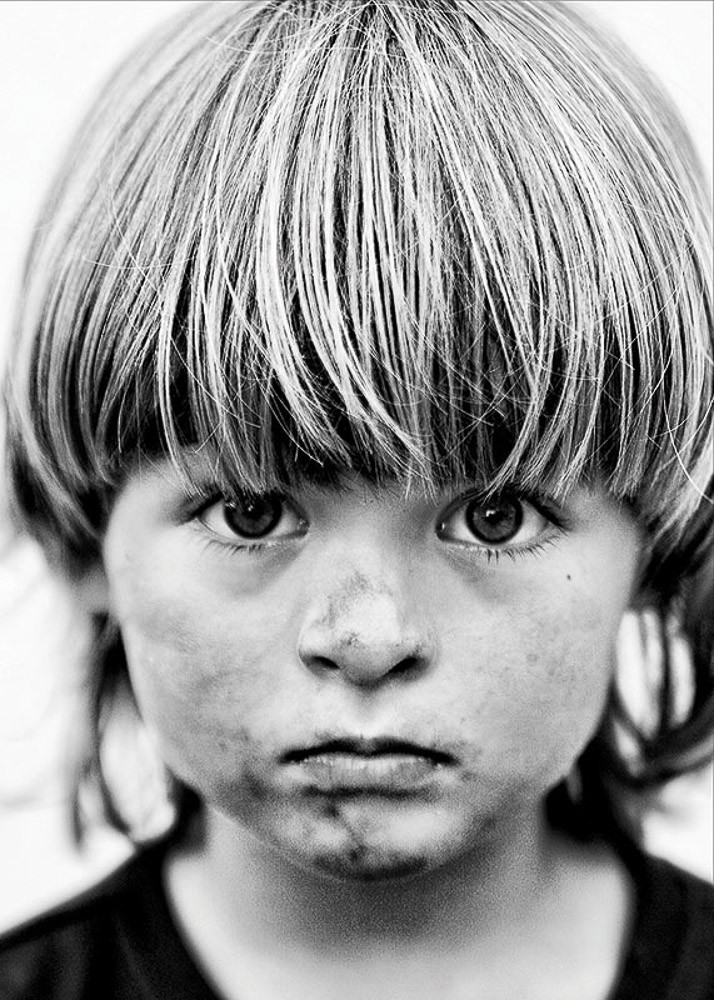
Aperture: The aperture controls the amount of light that enters the camera through the lens. It's measured in f-stops, with smaller f-stop values (e.g., f/1.8) representing a wider aperture and larger values (e.g., f/16) indicating a narrower aperture. A wide aperture creates a shallow depth of field, resulting in a sharp subject against a beautifully blurred background, perfect for portraits. A narrower aperture produces a greater depth of field, ideal for landscapes where you want everything in focus.
Shutter Speed: Shutter speed refers to the amount of time the camera's sensor is exposed to light. It's measured in seconds or fractions of a second. A fast shutter speed (e.g., 1/1000) freezes motion, capturing fast-moving subjects without blur. Conversely, a slow shutter speed (e.g., 1/30) allows for creative effects like motion blur, which can add a sense of dynamism to your images.
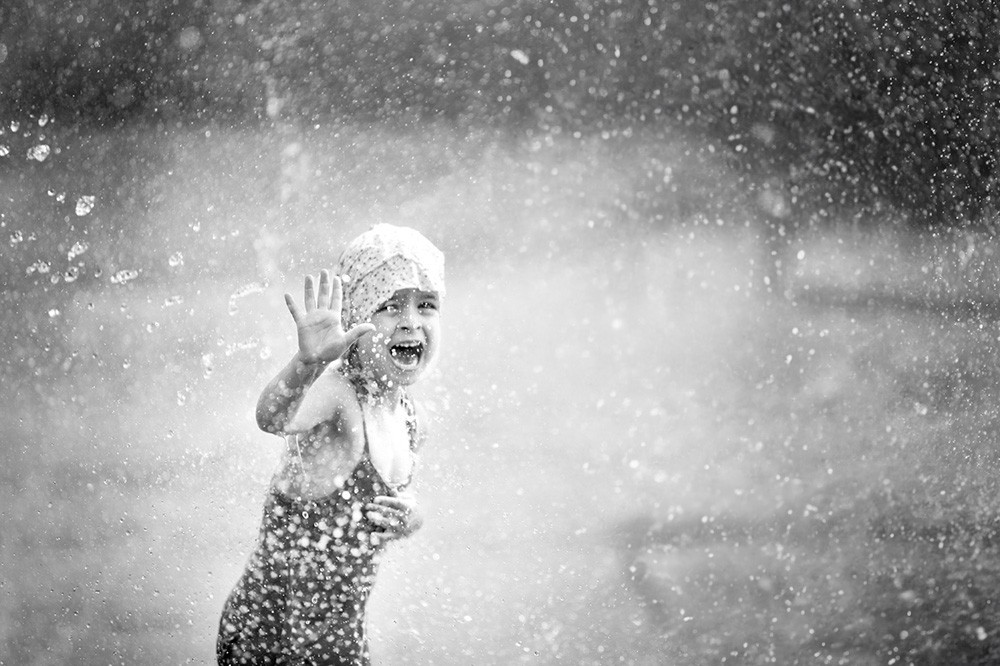

ISO: ISO determines the sensitivity of your camera's sensor to light. Lower ISO values (e.g., ISO 100) result in cleaner images with less noise, making them ideal for well-lit situations. Higher ISO values (e.g., ISO 1600 or beyond) are suitable for low-light conditions, but they may introduce noise into your images. Finding the right balance between ISO and other settings is essential for achieving the desired image quality.
Understanding Exposure and Histograms
Achieving a well-exposed image is the cornerstone of professional photography. Proper exposure ensures that your subject is neither too bright nor too dark, capturing details and nuances accurately. The histogram, a graphical representation of the tonal distribution in your image, is an invaluable tool for evaluating exposure.
- Histogram: The histogram displays the range of tones in your image, from shadows on the left to highlights on the right. A well-balanced histogram indicates a good exposure, with no extreme spikes on either end. Learn to read histograms to fine-tune your exposure settings and avoid losing details in the shadows or highlights.
Composition Techniques and Rule of Thirds
While mastering technical settings is essential, composition is the artistic aspect that truly brings your images to life.

Rule of Thirds: Imagine your image divided into a tic-tac-toe grid with two equally spaced horizontal and vertical lines. The rule of thirds suggests placing your subject along these lines or at their intersections. This creates a dynamic composition that draws the viewer's eye and adds a sense of balance and interest to your photos.
Leading Lines: Utilise natural lines in your scene, such as roads, rivers, or fences, to guide the viewer's gaze and create depth.

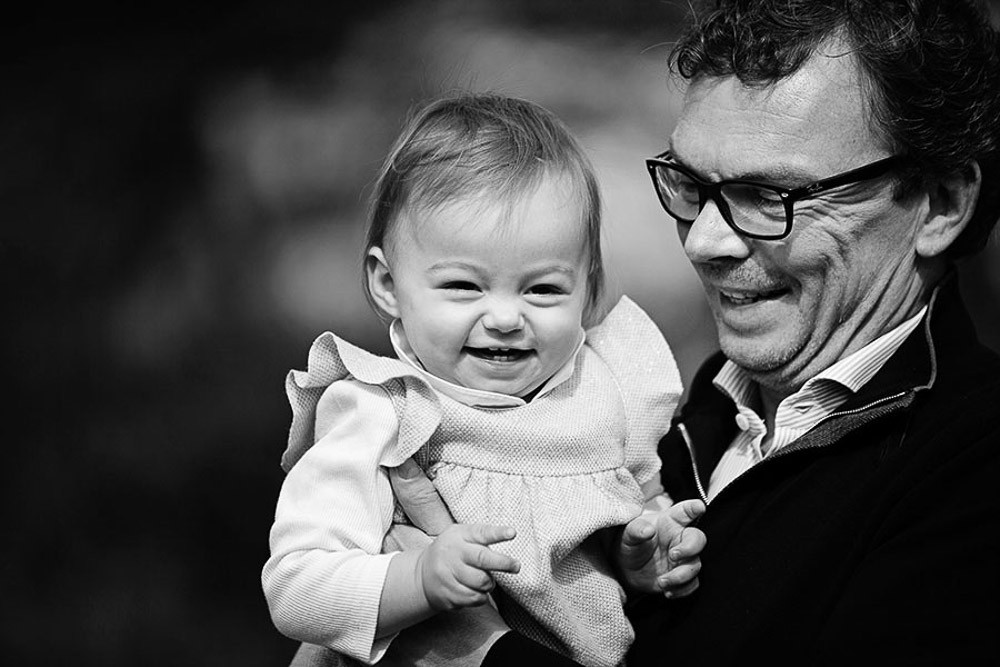
Foreground and Background: Incorporate elements in the foreground to add depth and context to your images.
Symmetry and Patterns: Embrace symmetrical scenes or repetitive patterns for a visually pleasing and organised composition.
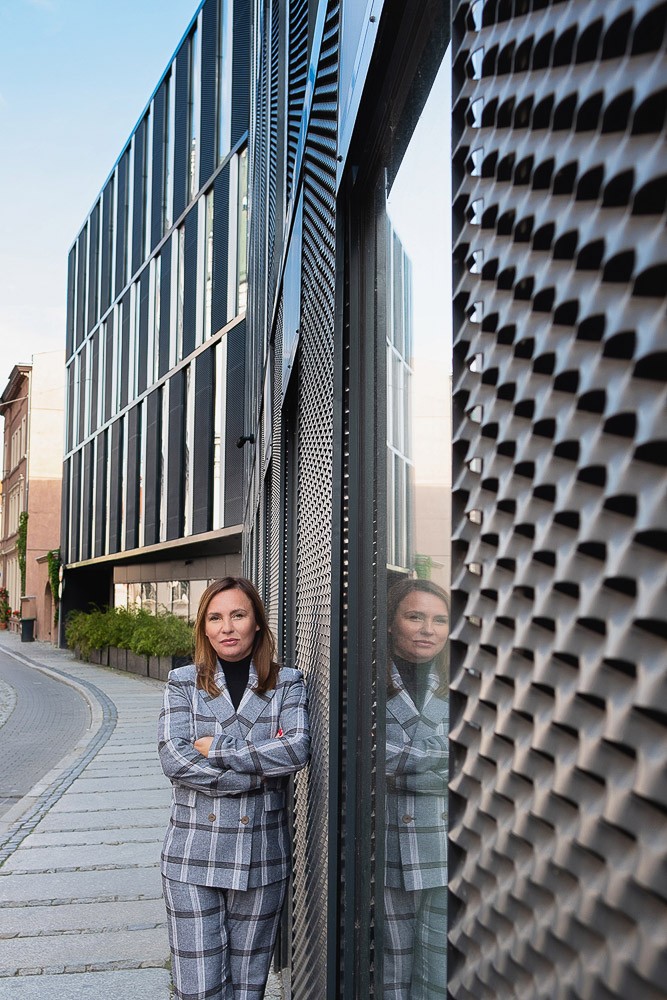
Utilising Natural and Artificial Lighting
Lighting plays a pivotal role in photography, shaping the mood and atmosphere of your images.

Natural Light: During the golden hours (shortly after sunrise and before sunset), the soft and warm light enhances the colours and textures in your photos. Overcast days provide diffused light, perfect for avoiding harsh shadows and achieving even illumination.

Artificial Lighting: Experimenting with artificial lighting, such as off-camera flash or continuous studio lights, empowers you to control and manipulate light for striking effects. Understanding the principles of lighting direction and intensity is crucial for achieving professional-looking images.
The importance of camera settings
In conclusion, mastering the art of photography is an exciting journey that merges technical prowess with artistic vision. By understanding all the rules and techniques you'll be equipped to capture captivating images that tell compelling stories. Remember, practice makes perfect, so grab your camera and start exploring these concepts in real-world scenarios. With dedication and a keen eye, you'll watch your photography skills evolve and flourish.
Share this story


